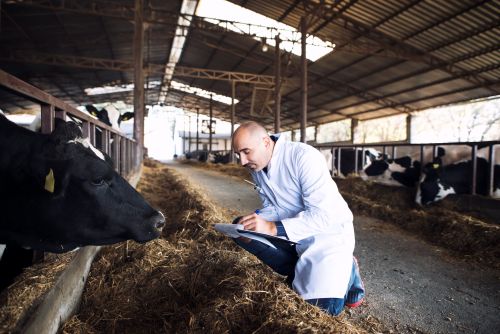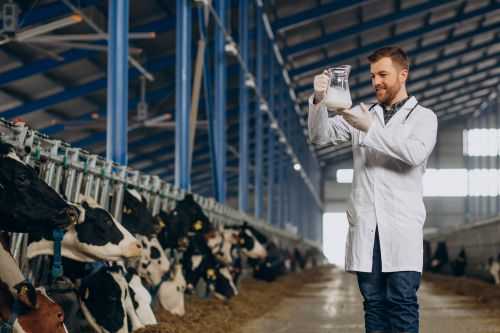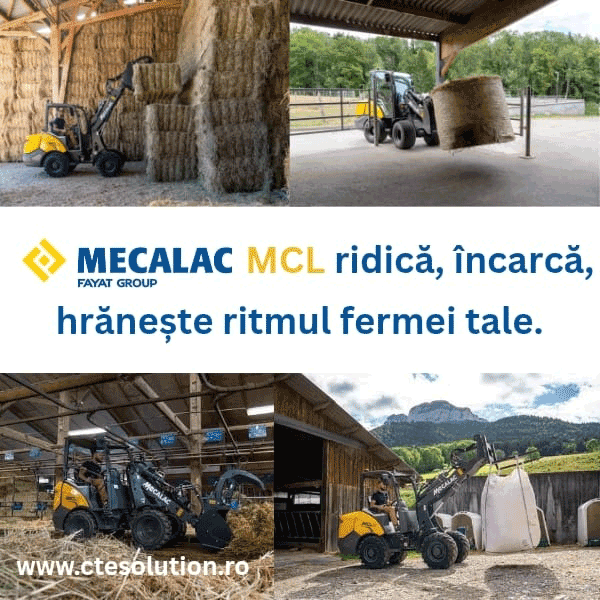
According to Euractiv, businesses in the European food industry, as well as large farms, remain skeptical that a new EU carbon removal certification framework is sufficient to create an autonomous market, arguing that Brussels needs to do more to make carbon removal financially attractive.
A New Regulation
EU lawmakers are currently negotiating a regulation aimed at ending greenwashing in the voluntary carbon offset sector, hoping it will also boost industry investments in the emerging market by providing qualified carbon removals with a EU stamp of approval.
On October 24, the European Parliament's environment committee agreed on its position on carbon removal certifications, a law designed to ensure that CO2 removal efforts are quantifiable and verifiable.
Carbon removals and offset schemes have been marred by accusations of fraud and double-counting, branding them as a reputation tool to achieve the EU's goal of net-zero emissions by 2050.
The certification regulation covers natural methods of carbon absorption, such as reforestation, and the use of carbon-dense materials, such as wood-based constructions. It also includes technological means such as bioenergy with carbon capture and storage (BECCS) and Direct Air Capture (DAC), where giant fans suck CO2 directly from the atmosphere.
A vote will take place during the next plenary session of the European Parliament, scheduled for November 20-23, after which the text will become the official negotiating position of the Parliament in talks with member states to finalize the law.
"Carbon Bet"? EU Lawmakers Support CO2 Removal Certification Scheme
Members of the European Parliament voted on Tuesday (October 24) to support carbon removal certification plans in the European Union, opening the way for new technologies to directly extract CO2 from the atmosphere.
The lead MEP for the proposal, Portuguese MEP Lídia Pereira from the center-right European People's Party (EPP), said the regulation would ensure that carbon removals are "reliable" and "transparent."
In building this trust, the framework provides the "conditions for a suitable business case for the participation of various market operators," she told reporters.
These views were echoed by German MEP Peter Liese, the EPP coordinator of the Parliament's environment committee, who called the regulation "an important first step" in boosting the business case for a carbon removal market.
A New Certification
A EU-approved certification will allow companies to "create a positive image" around their carbon removal actions, according to Liese.
"I am sure that many companies, especially those linked to agriculture, will do it, and that will create a business case," he added.
However, industry sources say a certification framework is not enough to encourage companies to invest in the costly solution.
"Certification frameworks are good, but without a business case for carbon removals, they will have nothing to do, and at the moment, there is no business case for carbon removals in Europe, and no sight of one that is developing," said James Cogan, a policy advisor for Ethanol Europe, an Irish biofuels company.
"For investors, it's still a case of nothing to see," while "the US is galloping ahead" with the Inflation Reduction Act, he warned.
In the United States, the carbon capture and storage (CCS) industry, a major component of many carbon removal technologies, is growing, largely because the Biden administration offers businesses a tax credit of up to $180 per ton of CO2 removed.
The US will have "tens of millions of tons of carbon removal in operation before Europe's certification framework even enters its planned start-up phase in 2025," said Cogan.
This view was echoed by Florian Hildebrand, CEO of Greenlyte Carbon Technologies, a startup aiming to combine technology that extracts CO2 from the atmosphere with hydrogen production.
Hildebrand argued that with the Inflation Reduction Act, a federal fund promoting clean technology, the US has already surpassed Europe in terms of carbon removal.
"You can see that there is a very, very serious approach to this [in the US], and that we in Europe are still very hesitant," he said, adding that European companies might be drawn to the US.
"I think there is simply a high risk that the research we have will migrate more and more because the incentives are more interesting elsewhere," he said.
Emissions Trading System
In discussions about the financial viability of carbon removal in Europe, the EU carbon market, the Emissions Trading System (ETS), is seen as a key option.
The ETS puts a price on carbon emissions, forcing system-covered businesses to surrender a quota for each ton of CO2 they emit. The number of carbon certificates is reduced over time, encouraging the industry to accelerate the decarbonization process.
However, if carbon removals become cheaper than ETS allowances, businesses are likely to invest in the option.
Prices Will Rise
Prices for ETS certificates are expected to increase substantially over time, with analysts saying that a 90% emissions reduction target for 2040—supported by EU climate chief Wopke Hoekstra—would translate into a price of €400 per ton of CO2 in the ETS by that date.
The EU carbon price will hit the €400 mark with a 90% climate change reduction target, experts say.
The new European Commissioner for Climate, Wopke Hoekstra, committed in writing on Wednesday (October 4) to defend a 90% reduction in net greenhouse gas emissions by 2040, a move financial analysts say will send EU carbon prices over the €400 threshold.
Negative carbon emissions are not currently included in the ETS, but their inclusion is supported by MEP Liese, who said this would significantly strengthen the business case for carbon removals.
The German legislator made efforts for carbon removals to be immediately included in the ETS during last year's revision discussions, but his proposal did not find cross-parliamentary support.





